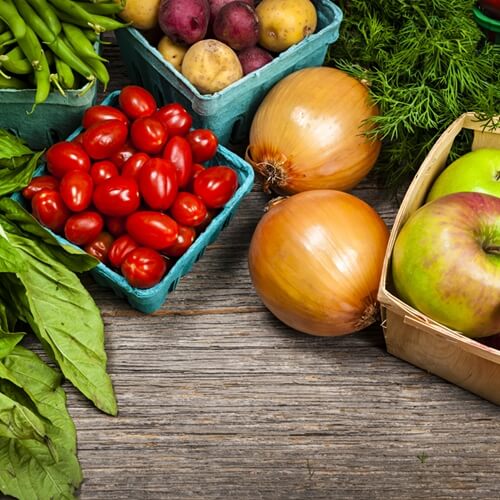How To Cook Organically
As people become more aware of the effect their diets have on their overall health, the demand for organic foods has surged. According to Food Navigator, the organic food market is expected to grow by 14 percent by 2018. However, cooking organically involves different ingredients and techniques than standard cooking, which can result in a new set of challenges for those enrolled in a culinary academy. Feeling especially green about cooking organically? Keep yourself from feeling over-cooked with these simple tips:
Ditch the flour and sugar
As 101 Cookbooks explained, removing flour and sugar from your pantry is the easiest way to cook more organically. On the one hand, you’re making food healthier by limiting these ingredients: Sugar has been linked to several health risks, including heart disease and diabetes, while refined flour can adversely affect blood sugar levels, according to Care2.com. Additionally, not relying on these cooking staples will force you to get creative and rethink your basic approach to being a chef.
Eat more fiber
Though it’s a carbohydrate, fiber has a multitude of health benefits, according to the Harvard School of Public Health. Fiber helps prevent heart disease and diabetes while promoting better digestive health. However, as Cooking Light noted, be aware that thee are two kinds of fiber available. Functional fiber is synthetic and is used as a dietary supplement, while dietary fiber occurs naturally in fruits, nuts, grains, vegetables and beans. Researchers suggest consuming about 25 to 30 grams of the dietary fiber per day.
Grow your own food
Want to ensure your food is healthy and free of pesticides? Grow it yourself. According to the National Restaurant Association, 33 percent of chefs surveyed have their own gardens. Most of these amateur farmers set up space right outside their own restaurants, allowing them to control the growing process while cutting down on produce that might be lost to rot or damage. Gardens don’t take much room, either: One would-be gardener grew $700 worth of food in just 100 square feet, Mother Earth News reported. For your first time, Gardens Alive suggested starting small and using a 50/50 mix of compost.
Keep it simple
Often times, the trademark of true organic cooking is all about getting back to basics, LoveToKnow.com noted. To that extent, try and use more flavorful ingredients, like sea salt and various herbs, whenever possible. However, don’t inject too many flavors into the mix – good organic dishes rely on the quality of just a few key ingredients. Avoid using a microwave or storing foods in certain plastics, as these can affect both taste and quality. Finally, when you’ve actually begun cooking, allow your taste buds the time to properly acclimate to new and/or purer flavors.


